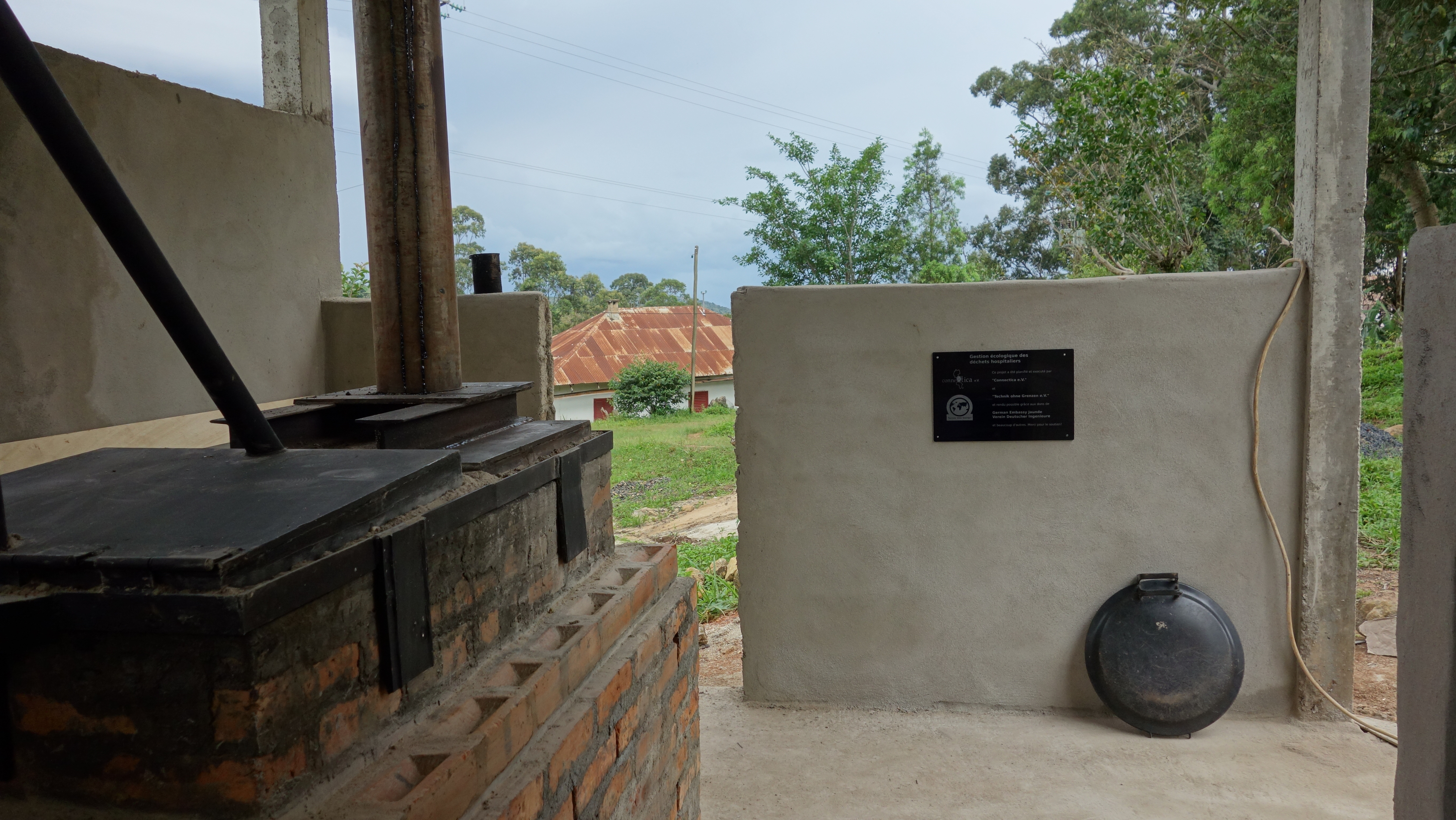Disposal of Biomedical Waste at the Outreach Clinic in Bolde, Nepal
About the Project
 What's the problem?
What's the problem?Usually, infectious hospital waste in Nepal is burned in pits by pouring flammable liquids over it. The temperatures reached by this method are not high enough to sterilize the waste completely. In most cases, leftover waste will remain. This waste along with its germs and bacteria will be distributed around the hospital property from wind and animals. In the case of rain, the ground water may become contaminated as well. All of this increases the risk of infection for patients, hospital staff, visitors and neighbours. Technology without Borders faces this issue and provides a solution. How to solve it?
Based on knowledge and social connections from a previous project in Nepal (Environmentally friendly disposal of biomedical waste at the hospitals in Nepal), this project set out to counstruct an incinerator for burning biomedical waste in the township of Bolde. We used the well-tried two chamber incinerator model of TeoG. Due to the two combustion chambers as well as the chimney with a height of 4 to 5m, constant temperatures of more than 800°C are verifiably reached (peak temperatures up to 1050°C). As a result, the biomedical waste is sterilized, almost no carbon black and toxic gases arise (dioxin window between 300 and 600°C) and the waste volume is minimized. The ash can be burried without any concerns. The incinerators used in the previous project provided a burn rate of up to 20kg/h per incinerator.
The project was implemented by Henning Risse and Arne Bruns and we keept you up to date on this site. Hope you enjoyed following along.
Stay posted!
Gallerie
Information
Project number
Project Leader
arne.bruns
Regional Groups
Project members
Henning Risse
Lukas Köferl
Jonas Böhm
Project Category

Timespan
March 2025 - now
Project stage
News
No entries.
